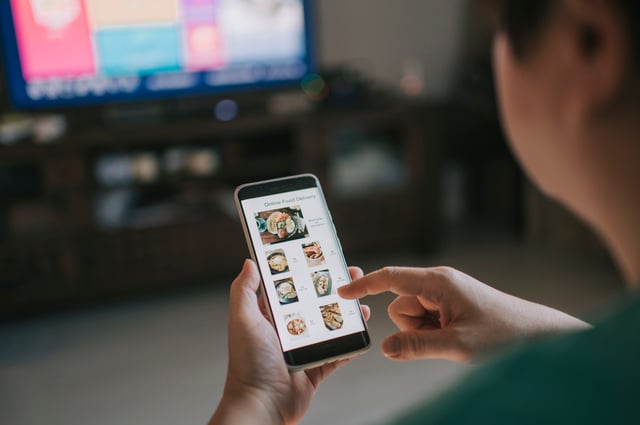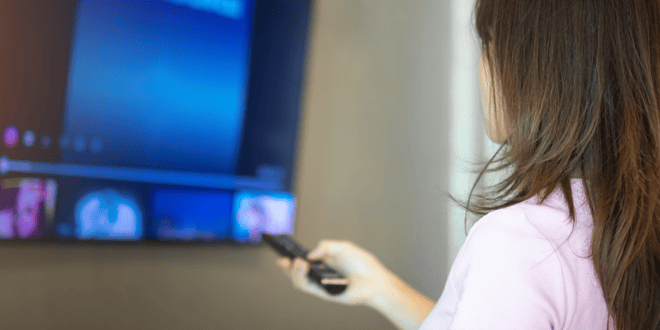Ever since the world became gripped by the word “pandemic,” threats to the audience measurement ecosystem have been relentless. Long before the crisis, even, the industry was facing several major structural challenges. Many of these were due to expected changes, such as the death of cookies.
Another challenge related to audience measurement is the impossibility of conducting it in person. Thus, to some extent, the consequences of the pandemic have accelerated the emerging trends we have seen in the past few years. In this blog, we’ll discuss the ongoing evolution of audience measurement and its importance, and we’ll take a look at its future.
What happened to audience measurement during COVID-19?
Like most sectors, audience measurement entered an entirely unpredictable phase. The restrictions on most activities in the outside world had a profound effect on face-to-face interviews. This is one of the sector’s key actions.
Nielsen, the information, data, and audience analysis firm, offers one example of the changes quarantine represented for companies. On several occasions, they had to halt audience measurement "outside the home" in offices, bars, hotels, and similar locations.
Furthermore, the forced home-isolation led to significant shifts in the mix of audiences across different media. With everyone at home sharing and consuming content on the same screens, deciphering each member of the household's individual behavior became an Odyssey unto itself.
Consequently, the uncertainty ended up influencing advertisers, who decided to invest less, and more cautiously.
Some media investment figures during the pandemic
Effectively, social distancing measures led to cancellations of all kinds. These spanned from in-person events to the tourism industry to restaurants writ large, leading to lost revenue in marketing, publicity and promotions.
- Before COVID, the advertising market for 2024 was forecasted to grow to 865 billion dollars (WeForum, 2020)
- In 2020, marketing investment across Europe dropped by 9%. Germany and France fell 7% and 12%, respectively (WeForum, 2020)
Post-pandemic changes to audience measurement
Until recently, audience measurement was limited by standards that were nearly six decades old. In fact, they were entirely based on the era when surveys were the most popular mechanism for audience measurement. Needless to say, this process was affected by COVID restrictions. The same would happen with radio, TV, and online panels.
Beyond COVID-19, another problem associated with audience measurement is that the media involved were measured separately. Consequently, they generated a lot of confusing data and figures that often overlapped.
Thus, without a complete vision of the cross-media experience, there were major gaps in audience measurement, even as it’s becoming increasingly important to have a detailed understanding of the consumer and to use the data gathered and analyzed to satisfy the needs of more specific niches of consumers based on their tastes, opinions, and digital behaviors.
This is where effective measurement becomes truly relevant. It enables advertisers to make the best use of their budgets by determining real reach and frequency, with no duplicates. However, cross-media measurement requires a strong ally in technological tools that improves effectiveness with every measurement.

The future of audience measurement using a single-source panel
Advertisers often wonder how to gain a fuller understanding of their campaign’s performance. The answer lies in audience measurement using a single-source panel. This tool makes it possible to achieve diverse objectives such as:
- Learning to identify an individual’s exposure to the various media used by a marketing campaign.
- Memory surveys to measure effectiveness.
- Cross-checking and confirming online behavior data such as shopping carts and effective purchase conversion with georeferencing. In this way, we can even learn if someone moved through a specific location where they would have been exposed to our advertising.
- Audience measurement enables us to gather data that's always active and representative of the consumer’s individual behavior.
- It offers more reliable impressions, as well as real metrics on reach and frequency.
Benefits of continual audience measuring with a single-source panel
One of the advantages this method of audience measurement offers is the possibility of breaking the in-person barriers that survey-takers face. With or without COVID-19 in the picture, marketing directors can now conduct continual measurement of their audiences and obtain advantages like:
- Improvements in planning capacity for media agencies and brands themselves.
- Identification of target groups by location to drive more efficient investment.
- Integrated panels configured to deliver transparent and verifiable data.
- Predictions that identify behavior patterns and more refined target audiences.
How does cross-media measurement using a single-source panel work?
Profiling
Cross-media measurement with a single-source panel makes it possible to conduct highly detailed segmentation. Similarly, it helps us add the layers necessary to differentiate between consumers and specific behaviors.
-
- Netquest works with hundreds of variables that allow us to access accurate information provided by panelists around the world.
Behavior
We conduct detailed follow-up on online activity to find variables that make it easier to decipher the next step. These include:
- Online paths to purchase
- Online audiences
- App uses
- Search terms
This next step enables us to understand consumers’ online behavior in audience measurement thanks to detailed reports of URLs visited.
Geolocation
One of the advanced options of single-source panels is cross-checking the information a consumer produces. With panelists’ consent and prior authorization, it's possible for us to directly access all of the data on their phones. This allows us to:
- Learn user patterns, routines, and interests
- Measure ad efficacy
- Improve campaign planning
Audio-Matching
A truly complete single-source panel ought to provide access to the content consumers are listening to. To do this, Netquest and our partner Fluzo use an exclusive technology called “Audio-matching,” which allows us to learn people’s real exposure to different forms of advertising using just captured ambient sound.
That is how we successfully:
- Identify audience measurement and the effectiveness of TV, radio, and online content
- Review content
- Achieve a better understanding of overlap
Opinion measurement
No cross-media exercise would be complete without final verification. Getting rapid results from direct online surveys and other traditional market research methods is critical.
This paves the way for consumers decisions during the purchasing process. During this process, we listen to the audience's opinions so we can dive deeper into:
- What the customer has learned about the brand
- The customer's degree of satisfaction with their purchase
- Customer perceptions about products
As you can see, this method of audience measurement enables us to track the entire customer journey with a high degree of efficacy.

Challenges to this new focus of audience measurement
Finding a single-source panel with reliable, high-quality data largely depends on the technology used in the measurement. The choice of a partner or data provider ought to rest on their profiling ability, from the general to the specific, and this includes the capacity to overcome distancing and post-pandemic challenges.
This will make it possible to get a complete and detailed portrait of your target. Typically, you can achieve this with a combination of data that includes:
- Exposure measurement through audience measuring
- The opinion or surveying phase
- The sum of digital behavior data (search terms, website visits, app use, shopping carts, purchase conversion)
In conclusion, we know that the effectiveness of post-pandemic audience measurement will remain a recurring topic. Thankfully, we have the cross-media, single-source-panel measurement method, which is finely tuned to deliver ever-more reliable data.
No matter how difficult the target, measurement optimization offers significant cost savings. With more precise data for advertisers, optimized investment, earnings and conversions are just around the corner.
If you’re a marketing director and you need an ally to accompany you through this challenge, don’t hesitate to learn more about the comprehensive solutions in audience measurement —driven by cutting-edge technology— that Netquest has for you.
With our own technology developed with Fluzo, plus our global single-source panel, we help brands to achieve a complete and deep understanding of their target, which in turn improves efficacy in every way. Get in touch!





